Practice identifying the tricky parts in high-frequency words with these differentiated sets of tricky word mapping task cards.
What Are Tricky Words?
A tricky word can be defined as a word that a student cannot decode using their current phonetic knowledge. Often, the tricky words encountered by young readers do not follow the normal grapheme-phoneme correspondences that the students have been exposed to. For example, the “e” in the word “be” makes an /ee/ sound. This is what makes “be” a tricky word!
Our littlest learners need as much exposure as possible to these tricky words in order to decode them effectively when reading. As we all know, manipulatives of all kinds are the early years teacher’s best friends! Our littlest students love being involved in their learning… the more hands-on the task is, the more engaged they are!
Differentiated Tricky Word Mapping Cards
These task cards have been designed to give your students practice mapping the distinct phonemes in high-frequency tricky words. The resource consists of two sets of 28 task cards and an answer key. Some of the words included in this resource are: as, all, do, is, she, to, was, what, you, many, said.
We understand that elementary school teachers must cater to a huge range of diverse learning abilities. That’s why we’ve provided two sets of differentiated tricky word mapping cards for your students’ use! The subtle differences between these two sets of tricky word mapping cards are outlined below.
Instructions for Set 1
- Read the sentence on the card aloud.
- Segment the word into its phonemes by placing counters into the circles provided as each phoneme is said. Alternatively, students can tap the circles with the end of their whiteboard marker as each phoneme is said.
- Map the word by writing the correct graphemes in the boxes provided. If the grapheme is regular (e.g. the letter “a” makes the short /a/ sound as in “hat”), then the circle should be colored in. If the grapheme is tricky (e.g. the “a” in the word “was”), then the heart should be colored in.
Instructions for Set 2
- Read the sentence on the card aloud.
- Map the word by writing the correct graphemes in the boxes provided. If the grapheme is regular (e.g. the letter “a” makes the short /a/ sound as in “hat”), then the circle should be colored in. If the grapheme is tricky (e.g. the “a” in the word “was”), then the heart should be colored in.
- Write the word on the lines provided.
Adapt the Application to Best Meet Your Students’ Needs
This versatile literacy resource can be used in a variety of ways to meet the diverse needs of your learners. It can be used as an independent challenge for fast finishers, or a focused, small-group activity with a selection of targeted learners. You could even project the task cards onto your interactive whiteboard and work through each word as a whole class as a part of your daily phonics instruction.
Download the File Format That Suits You
Use the dropdown menu next to the Download button to select between the PDF or Google Slides version of this resource.
Print the task cards on cardstock for added durability. Laminating allows the cards to be used over and over again! Keep them in a large envelope or zip-lock bag for safekeeping.
This resource was created by Alessandra Pastor, a Teach Starter in North Carolina and a Teach Starter collaborator.


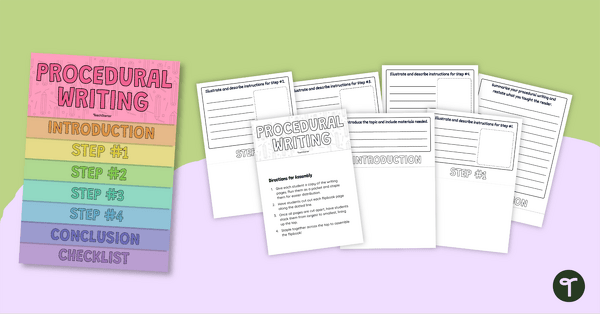
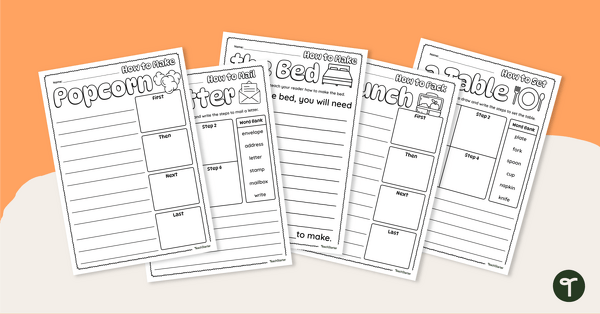


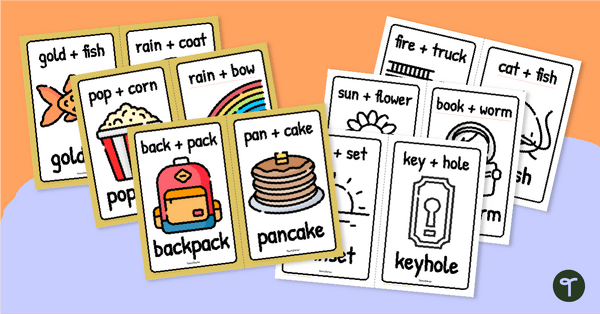
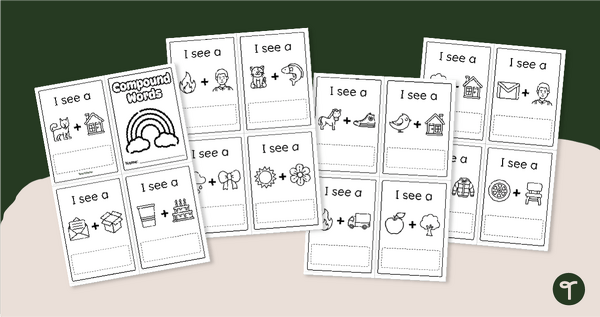
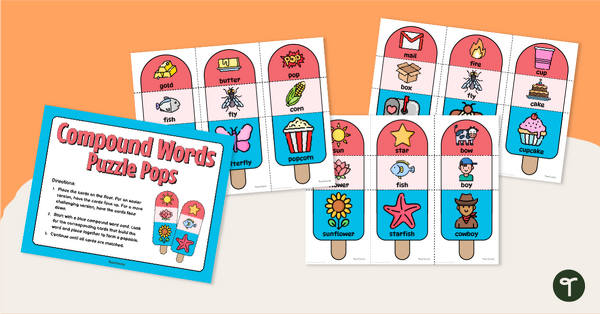
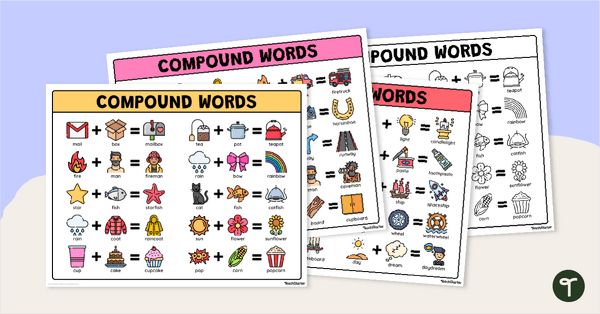
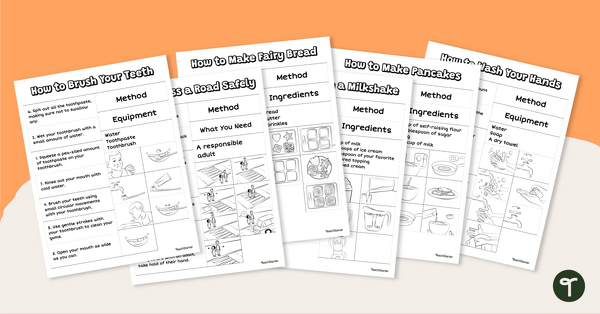
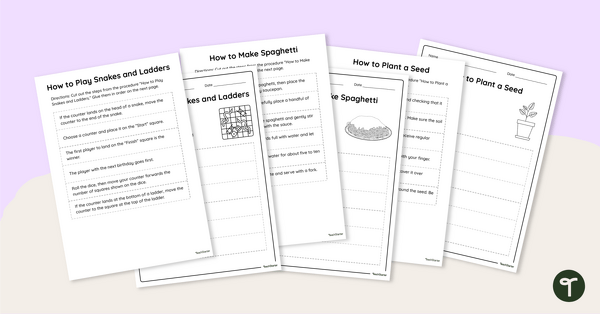
0 Comments
Write a review to help other teachers and parents like yourself. If you'd like to request a change to this resource, or report an error, select the corresponding tab above.